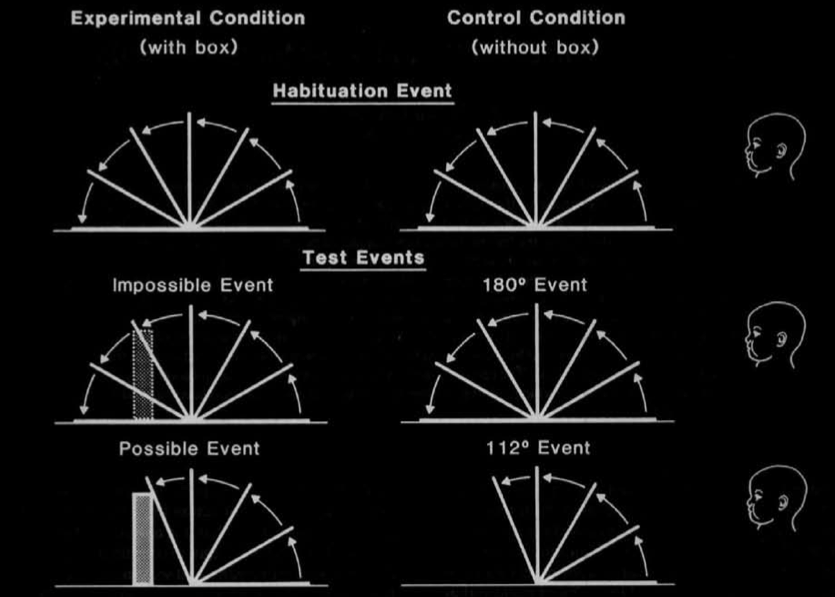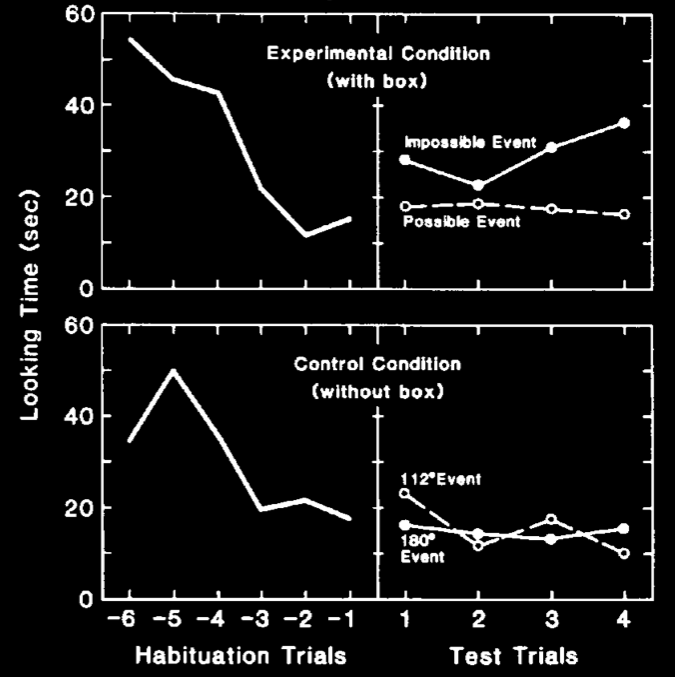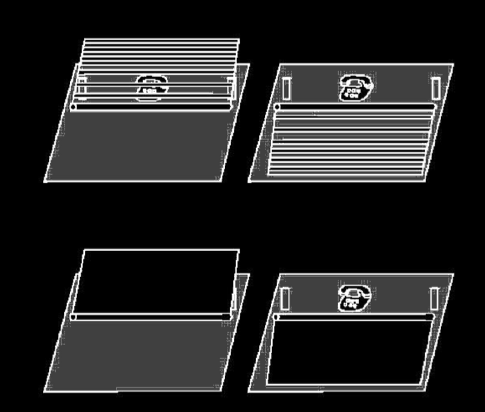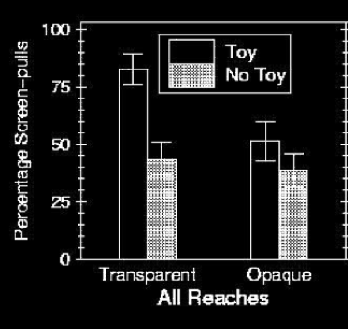Click here and press the right key for the next slide (or swipe left)
also ...
Press the left key to go backwards (or swipe right)
Press n to toggle whether notes are shown (or add '?notes' to the url before the #)
Press m or double tap to slide thumbnails (menu)
Press ? at any time to show the keyboard shortcuts
Unperceived Objects: An Illustration
plan
objects
causes
colours
words
non-verbal communications
minds
actions
When do humans first come to know facts about the locations of objects they are not perceiving?




Baillargeon (1987, figure 1)



source: Baillargeon et al (1987, figure 2)
When do humans first come to know facts about the locations of objects they are not perceiving?
look: by 4 months of age or earlier (Baillargeon 1987).
look: by around 2.5 months of age or earlier (Aguiar & Baillargeon 1999, Experiment 2)

Shinskey and Munakata 2001, figure 1

Shinskey and Munakata 2001, figure 2
When do humans first come to know facts about the locations of objects they are not perceiving?
look: by 4 months of age or earlier (Baillargeon 1987).
look: by around 2.5 months of age or earlier(Aguiar & Baillargeon 1999, Experiment 2)
search: not until after 7 months of age (Shinskey & Munakata 2001)
‘action demands are not the only cause of failures on occlusion tasks’
Shinskey (2012, p. 291)
‘the tip of an iceberg’ Charles & Rivera (2009, p. 994)
What is the problem?
Uncomplicated Account of Knowledge
For any given proposition [There’s a spider behind the book] and any given human [Wy] ...
1. Either Wy knows that there’s a spider behind the book, or she does not.
2. Either Wy can act for the reason that there is, or seems to be, a spider behind the book (where this is her reason for acting), or else she cannot.
3. The first alternatives of (1) and (2) are either both true or both false.